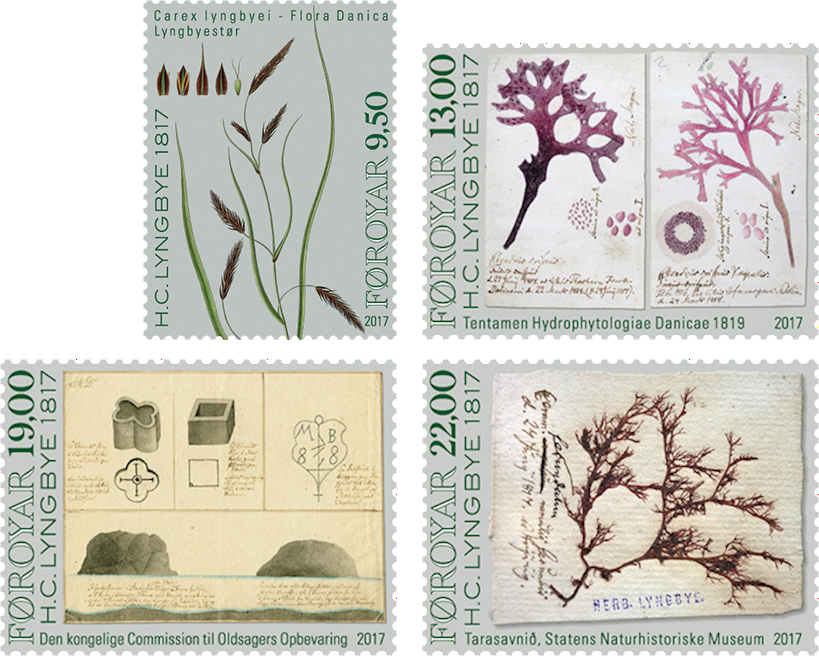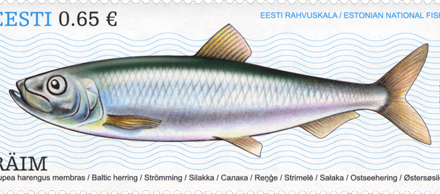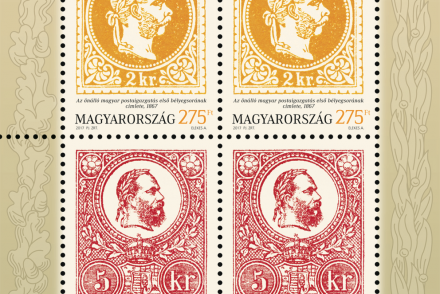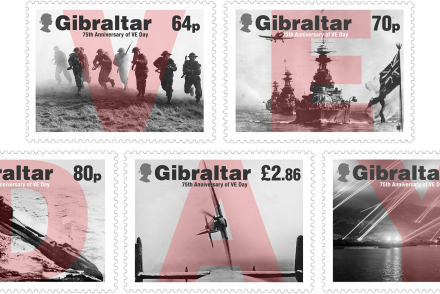H.C. Lyngbye
Faroes – The Botanist Hans Christian Lyngbye and his Travel to the Faroe Islands in 1817. On the 9th of June in 1817, the Danish theologian, botanic and natural historian, Hans Christian Lyngbye (1782-1837) put ashore in the Faroe Islands. His mission was to collect and gather seaweed and to investigate the algal flora. During his summer long stay he made new discoveries among the algal flora as well as in regular flora, but in the Faroese context he made the greatest discoveries in fields related to antiquarianism, folklore as well as in literature. At the bicentennial of Lyngbye’s travel to the Faroe Islands POSTA commemorates his achievements in botany and some of his antiquarian findings.
Lyngbye Star
Although Lyngbye is largely forgotten, his legacy is still to be found in the name of plants like Lyngbye Star (Carex lyngbyei). The plant was collected by Lyngbye in the Faroe Islands in 1817. Lyngbyes Star was named and described in Flora Danica – the Danish project to register plants, which lasted from 1761-1863[1] – by the director of the Botanical Gardens in Copenhagen, professor in botany J. W. Hornemann (1770-1841). Lyngbye Star is to be found widely; it is common in Iceland although it is rare in the Faroe Islands.
Lyngbye’s background
As a young man Lyngbye educated himself in botany. As a private tutor in North Jutland he used the botanical book written by Hornemann. In 1816 an awarded thesis, the description of the Danish algal flora, was issued at the University of Copenhagen. Lyngbye entered the competition and he won the prize. Before Lyngbye intended to publish his work, he wanted to include plants from the North Atlantic, since it was part of the Danish Kingdom. He went to the Faroe Islands. He was given a free journey with the Royal Monopoly Trade ships. He was later compensated by a wealthy patron and by the Ad usus Publicos Found.
In 1819 Lyngbye published his Tentamen Hydrophytologiae Danicae, with descriptions of 321 plants, with copper engravings of 267 plants seen on 70 illustrations. The publication was financed by King Frederik VI and cost the staggering sum of 3000 Rigsdaler. The Danish King gave the rather poor writer Lyngbye all the printed copies, except some thirty, which he kept for himself. Some of his findings had already been published in Flora Danica.
Lyngbye’s Tentamen was a ground-breaking work and it gained wide recognition. The publication expanded knowledge of northern algal flora significantly, and the book described many new genera and species.
Two stamps with Faroese algae
On the stamps commemorating Lyngbye’s work we see an algal plant from Lyngbye’s herbarium, which is to be found in his herbarium at the Botanical Museum in Copenhagen. The plant was gathered in Hoyvík on the 27th of June in 1817.
The other stamp contains a drawing of two algae, which has been reproduced from Lyngbye’s original drawings of the images used in Tentamen Hydrophytologiae Danicae. On the drawing we see a mirroring of two plants, these algae are called Chondrus crispusand they are gathered by Lyngbye respectively on the 27th of July in 1817 in Tórshavn in the Faroe Islands and the other in February 1816 at Hofmansgave in Fyn, Denmark.
Lyngbye the polymath
Lyngbye also wrote a dissertation on the killing of pilot whales in the Faroe Islands in 1817, which earned him a silver medal from Det Kongelige Danske Videnskabernes Selskab (The Royal Danish Academy of Sciences and Letters). He also wrote several important pieces of travel writing; one of these was about Faroese wedding rituals and the ballads people used to dance to at such occasions. Furthermore, he wrote a lengthy report on what he considered to be a great finding, namely the old medieval ruin of the Magnus Cathedral in Kirkjubøur directed towards The Royal Commission to the Preservation of Antiquities (Den Kongelige Kommission til Oldsagers Opbevaring) in Copenhagen. It is because of Lyngbye’s drawings and descriptions that the ruin of the Magnus Cathedral in Kirkjubøur, was made into a landmark and the first site of memory in the Faroe Islands.
Rocking stones and a baptismal font
On the fourth stamp are drawings by Lyngbye of the rocking stones in Oyndarfjørður, an ancient in scripture on Tinganes in Torshavn and two baptismal fonts. These drawings are preserved at the National Museum in Denmark. The baptismal fonts originate from Sumba in Suðuroy and, the one in the middle, from the Church of Nes in Eysturoy.
Lyngbye’s travels left a mark in many fields and in Faroese culture, from botany to the description of ruins all at the same time. Additionally, men like him paved the way for other travellers to embark on a journey to the obscure and remote corners of the world, and in the process making these peripheral places a part of Europe.
Kim Simonsen
Issue Date: 15.05.2017
Printer: La Poste, France
Process: Offset
Size: 30 x 40 mm
Values: 9,50, 13,00, 19,00 and 22,00 DKK




